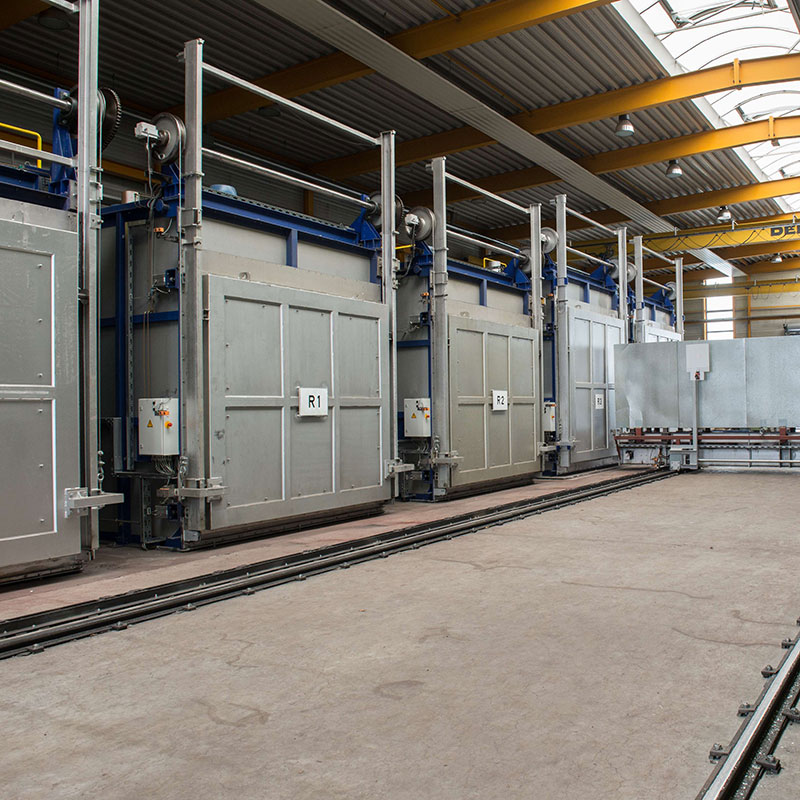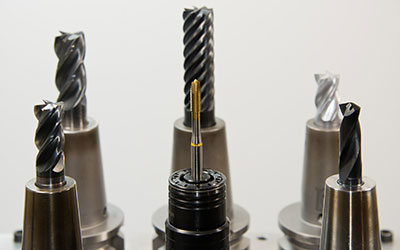Heat Treatment of Aluminum
GLEICH Aluminum is one of the few manufacturers of aluminum cast plates with an in-house heat treatment facility.
But what actually happens during the heat treatment process and why it is necessary?
Off to the wellness oasis – heat treatment of Aluminum
Roughly speaking: Our rolling ingots are sent to a wellness treatment to remove residual stresses after the casting process. They return totally relaxed and ready for a wide range of applications.
Meaning of heat treatment
In technical language, this translates in detail as follows:
From melting of the actual raw materials by electrolysis, to semi-finished products such as traditional sheets, plates and rods, and up to finished products such as thin aluminum foil or engine blocks, intermediate heat treatment processes play a crucial role.
Goal of the heat treatment
The aim of any heat treatment should be to achieve an optimal result with minimum expenditure of energy. In addition to knowledge about temperature-dependent processes in the structure, basic technological expertise is also of immense importance. It often happens that aluminum products are treated in furnaces designed for steel. The result is that the desired effects or properties do not occur or only inadequately.
In thermal treatment of aluminum, it must be considered that the metal melts at a relatively low temperature and is therefore sensitive. While temperature differences of 30-50 °C seem downright trivial in the steel sector, deviations of more than 10 °C can lead to significant structural damage or unwanted effects in aluminum products.
Heat treatment processes
As explained above, the processes for heat treatment of aluminum products play an immensely important role in the production chain up to the finished product. Rolling bars are almost exclusively fired in gas-fired bogie hearth or bell furnaces in large quantities. The control and the resulting temperature compensation (heating and cooling curves) are often cumbersome. An unavoidable, annoying consequence are the large temperature fluctuations within the plant and therefore within the bars.
Uncontrolled residual stresses and uneven strength properties have a negative effect on following processes up to the finished product.
Heat treatment at GLEICH Aluminum
The GLEICH Aluminum heat treatment plant – probably unique in the world – takes a different approach. The entire system consists of several individual units that are linked together in a program sequence. The treatment is carried out in furnaces through electrical heating. The crucial cooling process takes place in so-called heat transfer furnaces, where bars that are in the midst of a heating cycle are subjected to a heat transfer process with defined parameters, alongside precise control of the temperature reduction process. This not only ensures resource-saving and environment-friendly use of energy, but also a seamless process.
related topics …….
Aluminum does not rust
The use of aluminum has many advantages.
However, an advantage mistakenly attributed to aluminum is that it does not rust.
When using our materials, it is therefore useful to take precautions to prevent or minimize corrosion.
Frustration when producing threads
It doesn’t have to be so difficult!
By using a process that is aligned to the specific material, durable external and internal threads can be produced in a flash.



